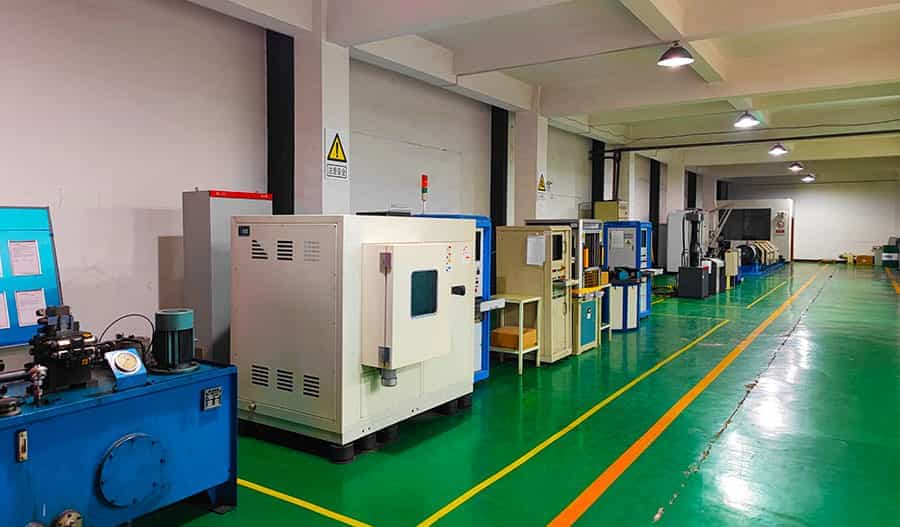WEBINAR
Deep Groove Ball Bearing
Learn MoreVibration analysis and fault diagnosis of thrust ball bearings are performed to detect problems in bearing operation, predict possible failures, and take appropriate maintenance measures.
The following is some important information related to thrust ball bearing vibration analysis and fault diagnosis:
Vibration Measurement: Use a vibration sensor or vibration meter to measure the vibration level of the bearing. Vibrations are usually expressed in terms of acceleration, velocity or displacement and are recorded in different frequency ranges.
Spectral Analysis: Convert vibration signals into a spectrogram to detect the presence of frequency components that may be related to bearing failure. Specific frequency components can correspond to damage or failure of bearing elements.
Waveform Analysis: Analyze vibration waveform to observe whether there are abnormal vibration characteristics, such as shock, instability or changes. These abnormalities may be indicators of bearing failure.
Peak Indicators: Use vibration data to calculate peak indicators, such as peak acceleration or peak velocity to monitor the maximum value of vibration to determine whether the safety range has been exceeded.
Bearing Failure Types: Based on the results of vibration analysis, identify possible bearing failure types, such as ball damage, inner/outer ring damage, seal failure or insufficient lubrication, etc.
Frequency Analysis: Based on the results of spectrum analysis, find specific frequency components related to bearing failures, such as ball breakdown, ball knocking or ball chatter.
Time Domain Analysis: Analyze vibration waveform to identify abnormal vibration patterns, such as shock or unstable vibration, which may be related to bearing failure.
Temperature Monitoring: Monitor the temperature of the bearing. Abnormal temperature rise may be one of the indicators of bearing failure.
Oil Lubrication Monitoring: Regularly check the status of the lubricating oil or grease to ensure that the bearings are adequately lubricated.
Maintenance Records: Record bearing vibration data and maintenance history to establish failure trends and plan maintenance.
Once a bearing failure is diagnosed, please take the following maintenance and repair measures:
Replace Bearings: If the bearings are obviously damaged or faulty, they should be replaced in time.
Lubrication: Make sure bearings receive the right amount and type of lubricant to reduce friction and increase life.
Correct Alignment: If vibration analysis shows that bearing failure is related to incorrect alignment, re-align the bearing.
Seal and Lubrication Status: Check and replace worn or damaged seals and ensure the lubrication system is functioning properly.
Vibration Monitoring: Perform regular vibration monitoring to track the condition of the bearings and take preventive maintenance measures when needed.
Vibration analysis and fault diagnosis are important tools for maintaining thrust ball bearings, helping to detect problems early, reduce downtime, and extend bearing life. It is recommended that regular vibration monitoring and maintenance be performed, and that maintenance and repair work be performed in accordance with the bearing manufacturer's recommendations.
WEEYH is jointly formed by China's top agricultural machinery parts factories, focusing on the R&D and production of agricultural machinery parts. About 200,000 sets of agricultural machinery related parts are produced by WEEYH'S factories and sent to the world every year.

We have a top testing laboratory, from material analysis to finished product inspection, each link has a corresponding testing process. More than 30 kinds of testing equipment have built the guarantee of WEEYH safety.

Call for online customer support get FREE BEARING SAMPLE
Online Quotation